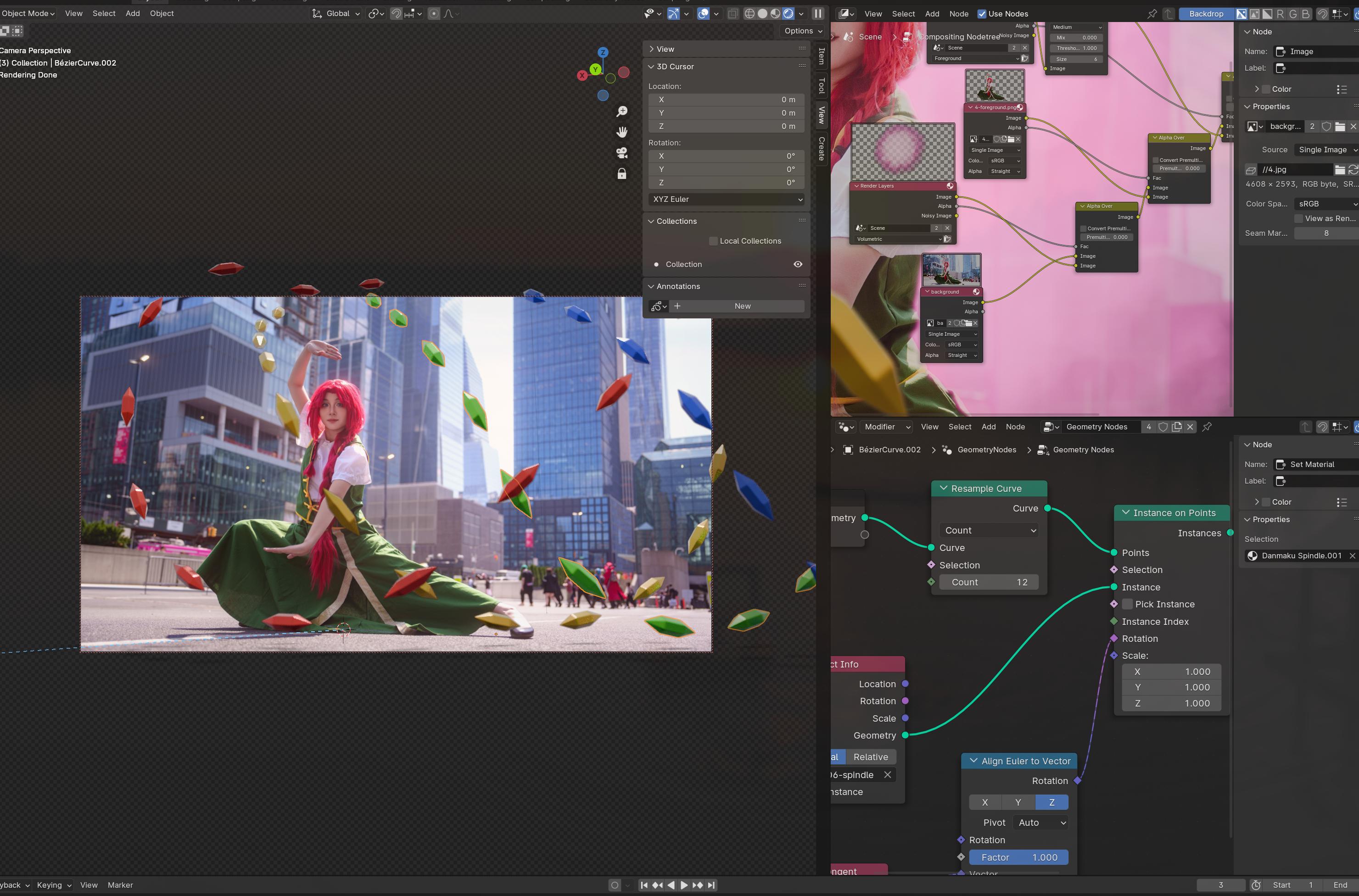The Problem
I have been talking with a couple of anime fans in the Bay Area and especially in Stanford. It was surprising to me that many people wanted to get into Cosplaying but were held back by its high barrier of entry, which mainly manifests in difficulty of
- Sourcing props and costumes
- Sourcing wigs and makeups
- Finding suitable backdrops
- Finding a camera person
I separated (1) and (2) since (2) is mainly an issue with technique and (1) is mainly an issue with supplies, albeit with sufficient technique a cosplayer can make their own costumes as well. At this stage I differentiate between two goals of cosplaying:
- Convention-type: Wearing cosplay props to a convention
- Photography-type: Making fine photographs and videos, possibly with post-processing
The requirements on props for the convention-type of cosplays are more stringent since its engineering has to take into account ease of transportation and structural strength. (3) and (4) are not an issue for the convention-type of cosplay, but they are essential to the photography-type of cosplays.
The Proposed Solution
Being a person who has handled all aspects of the cosplay pipeline at some point (costume, prop, wig, makeup, photography, post-processing), I propose to have a club, possibly attached to the Stanford Anime Club, with the following characteristics: Members of the club can propose cosplay ideas, and other members who are proficient in some sections of the cosplay pipeline will adapt existing schematics or props to their cosplay. The design schematics of these clothings and props (via Inkscape, Valentina, CadQuery, Fusion, AutoCAD, etc.) and the post-processing workspace files (Blender, Photoshop, etc.) will be circulated around in the club for anyone to download and study. This enables club members to learn new skills such as sewing or post-processing from looking at existing design schematics.
The following is an example of post-processing.

By distributing the pipeline, not everyone involved in cosplaying has to show up at the same time. The prop-maker could work asynchronously from the photographer, for example. Everyone at Stanford is quite busy with their life and the asynchronous nature of cosplaying makes it easy to get the ball rolling. A typical photography-type cosplay could work with the following asynchronous stages:
- Prop-maker and seamstress make the prop and costumes
- The photographer and the cosplayer go to take photos
- The post-processing specialist adds effects to the photos.
I have been in contact with members of the Stanford Anime Club to see if we could bring this division to life in Fall 2024. We have the equipment and technical knowledge for a top-notch cosplay club, and we can make it a reality.